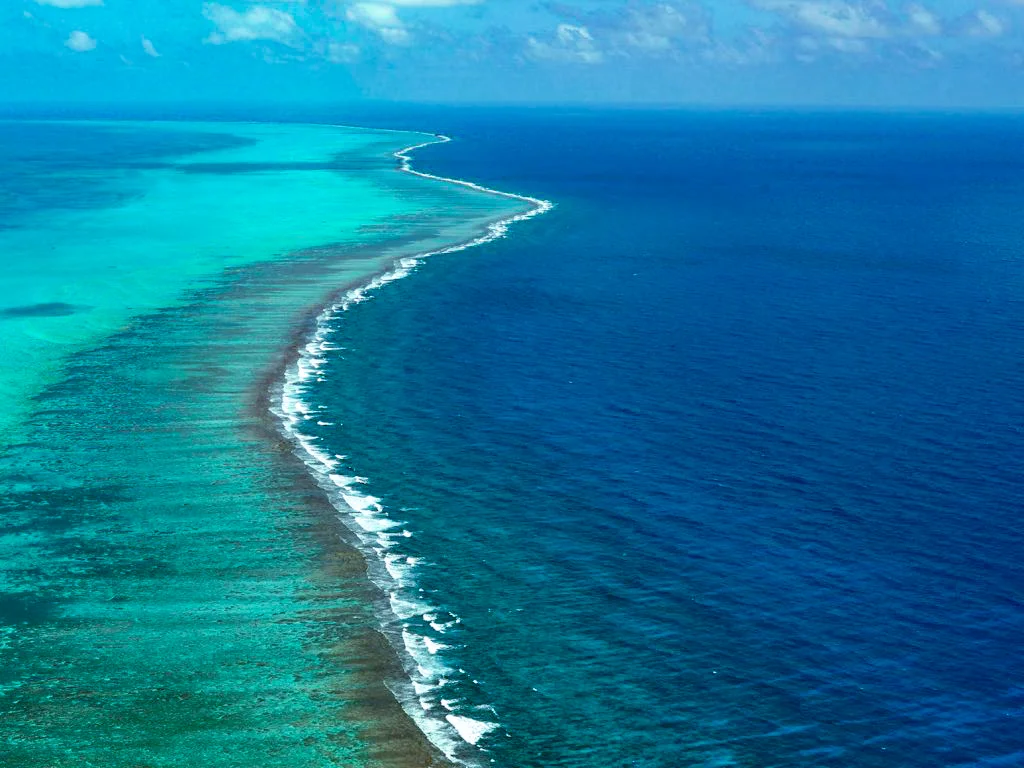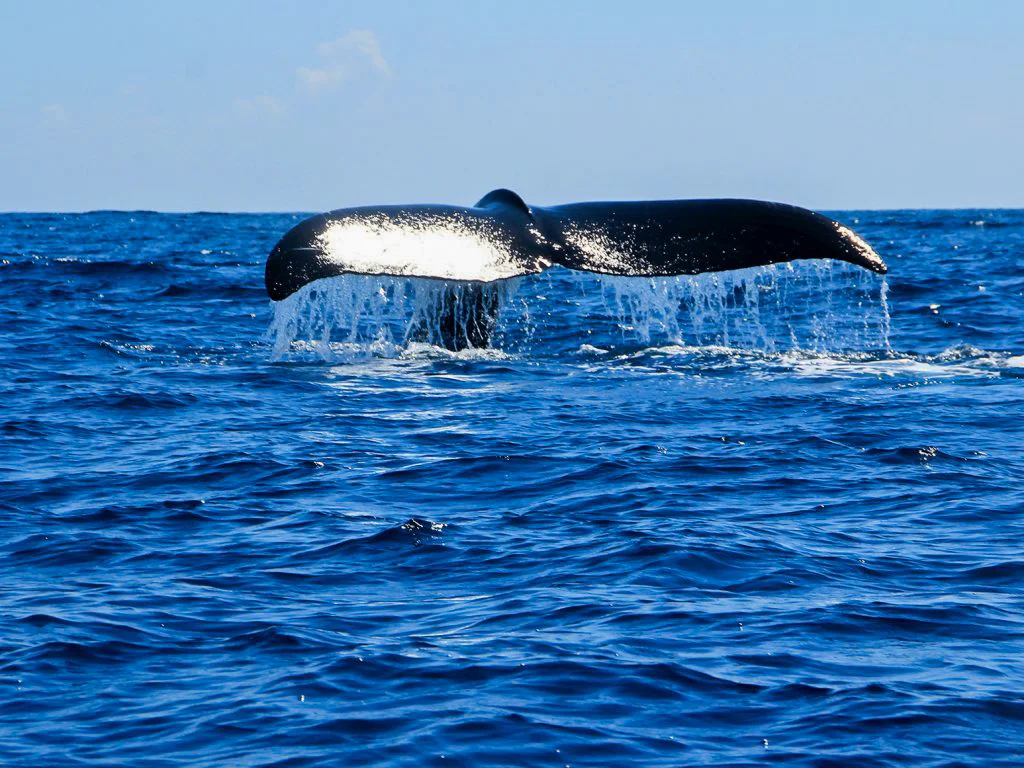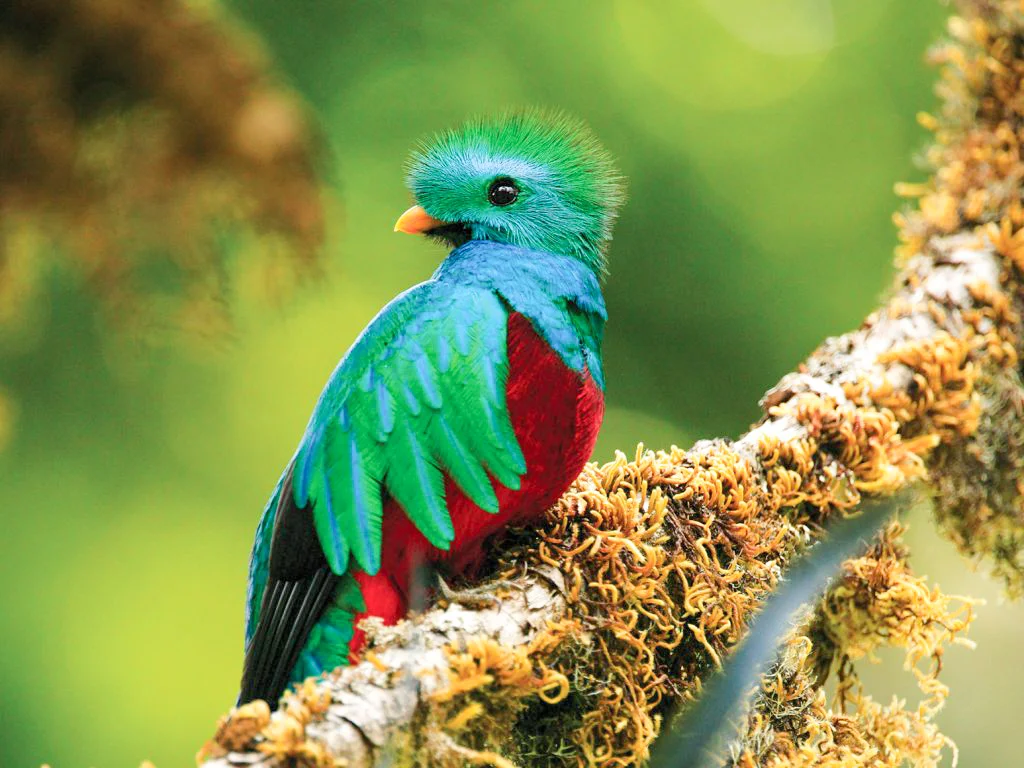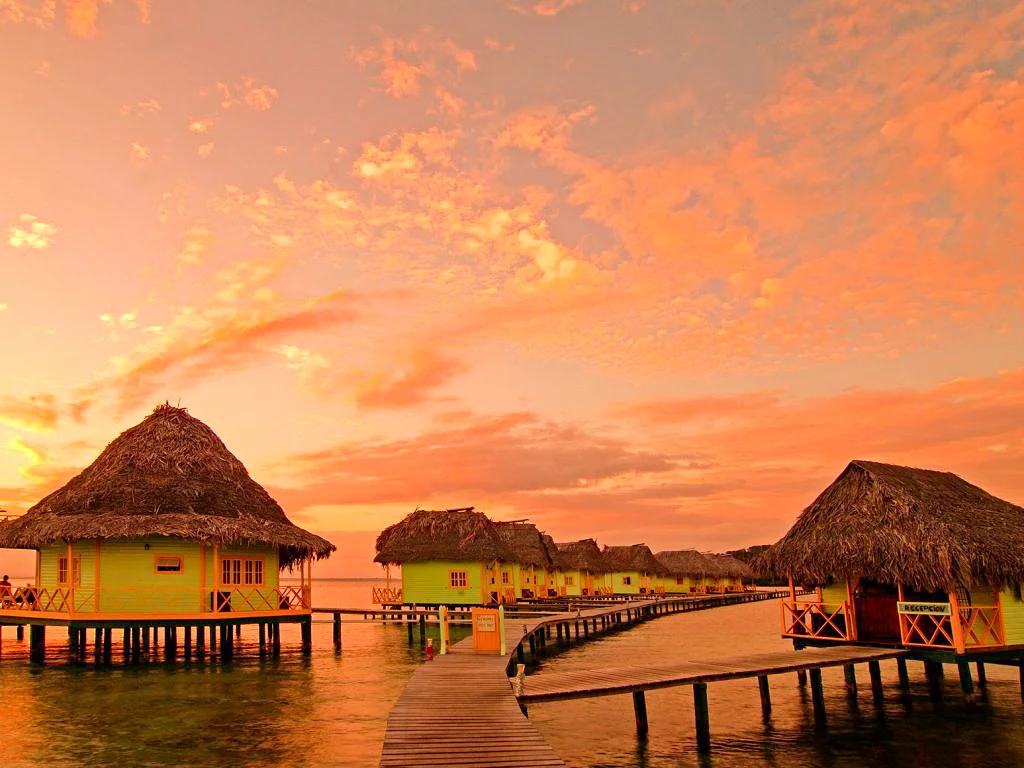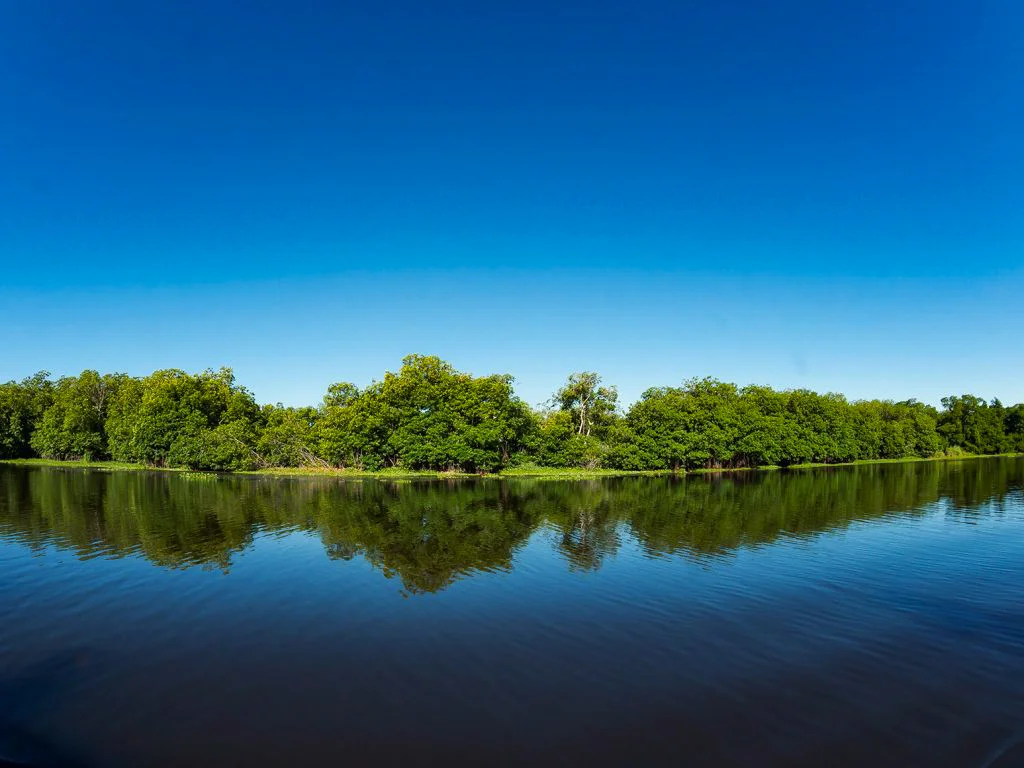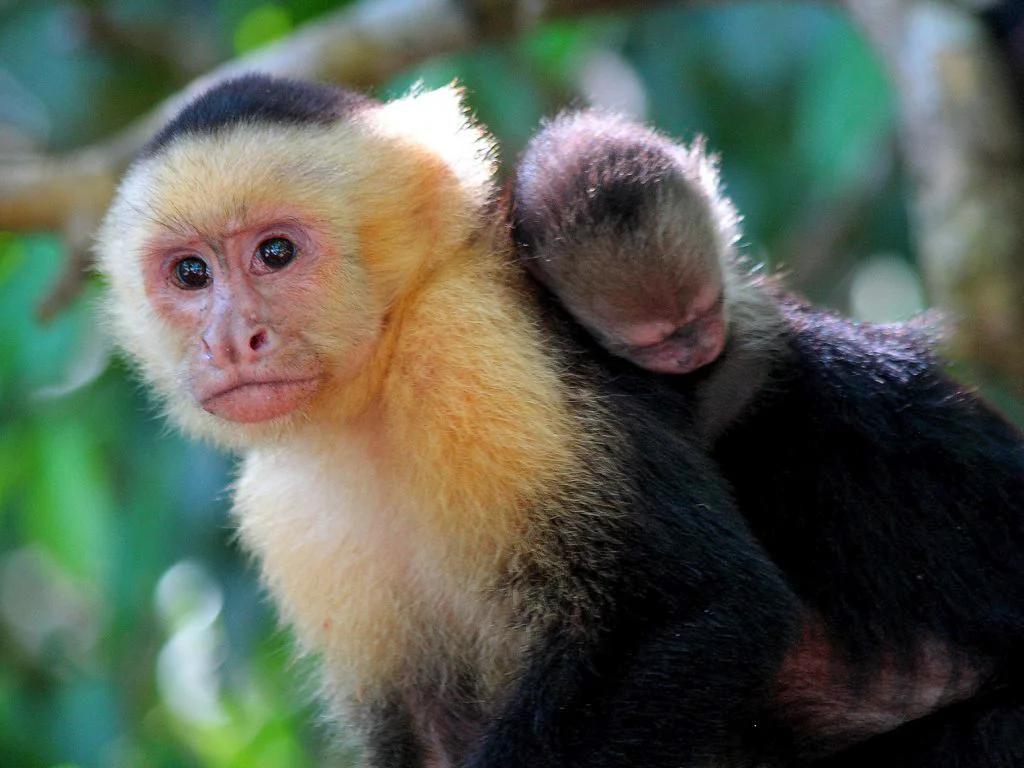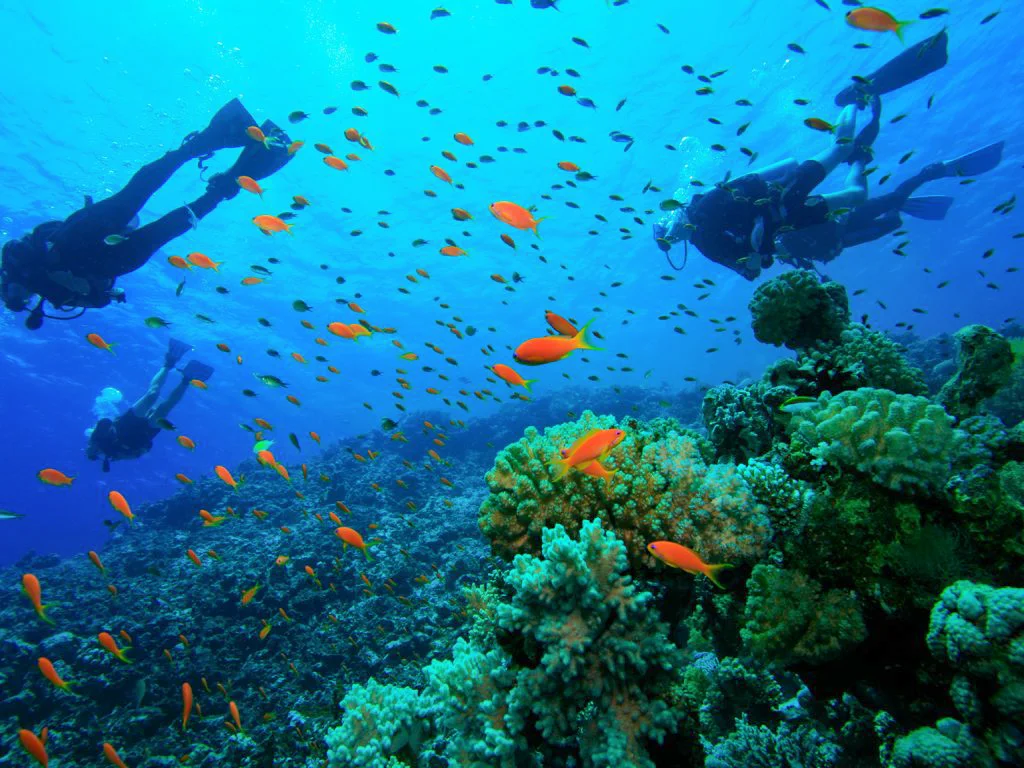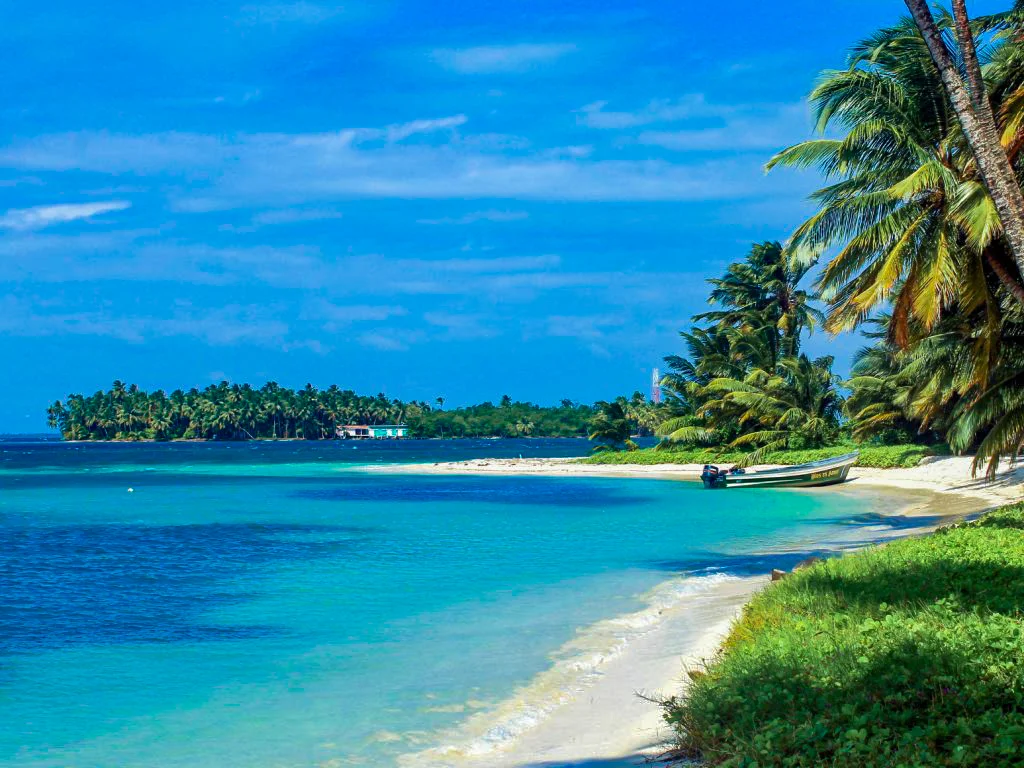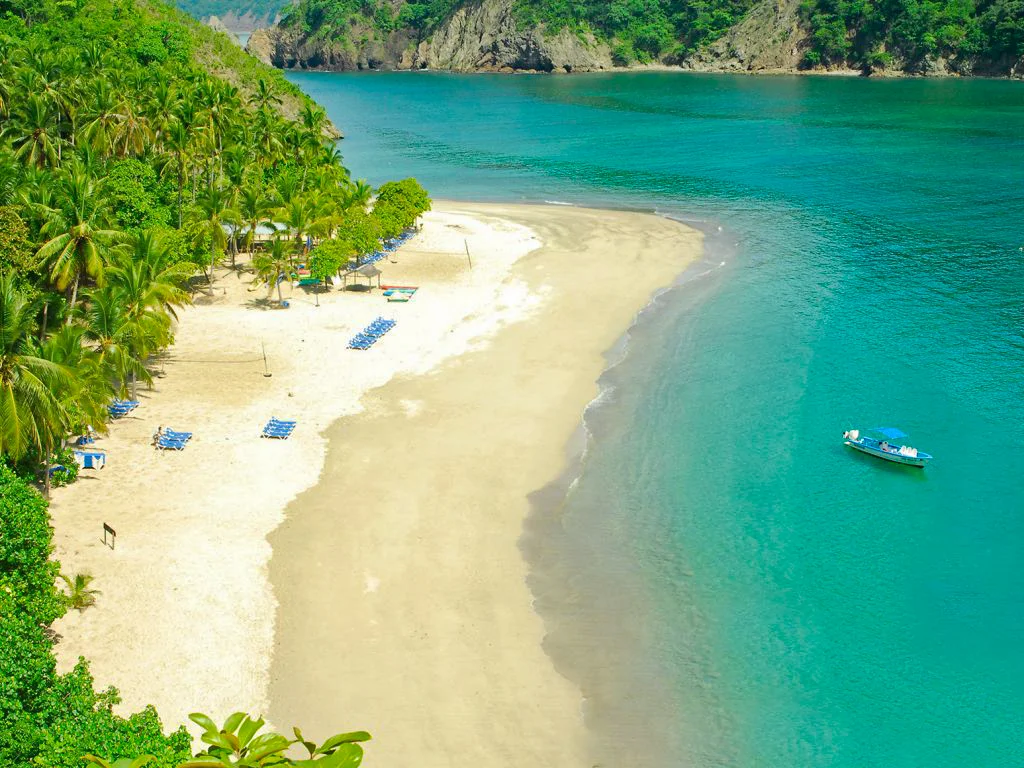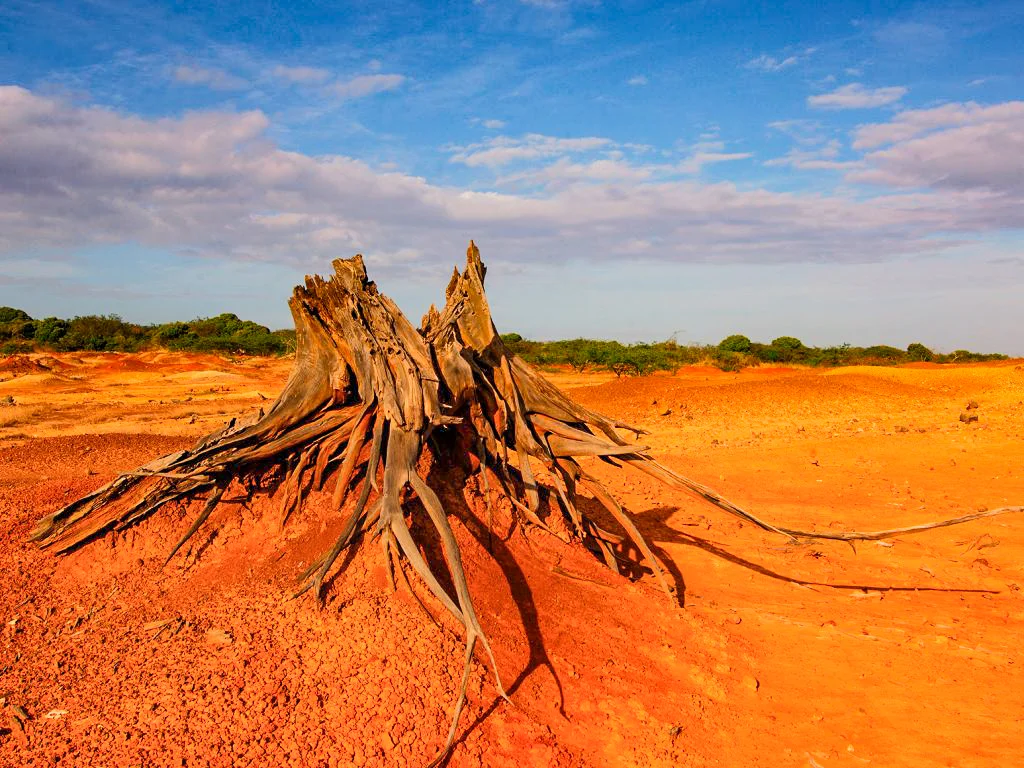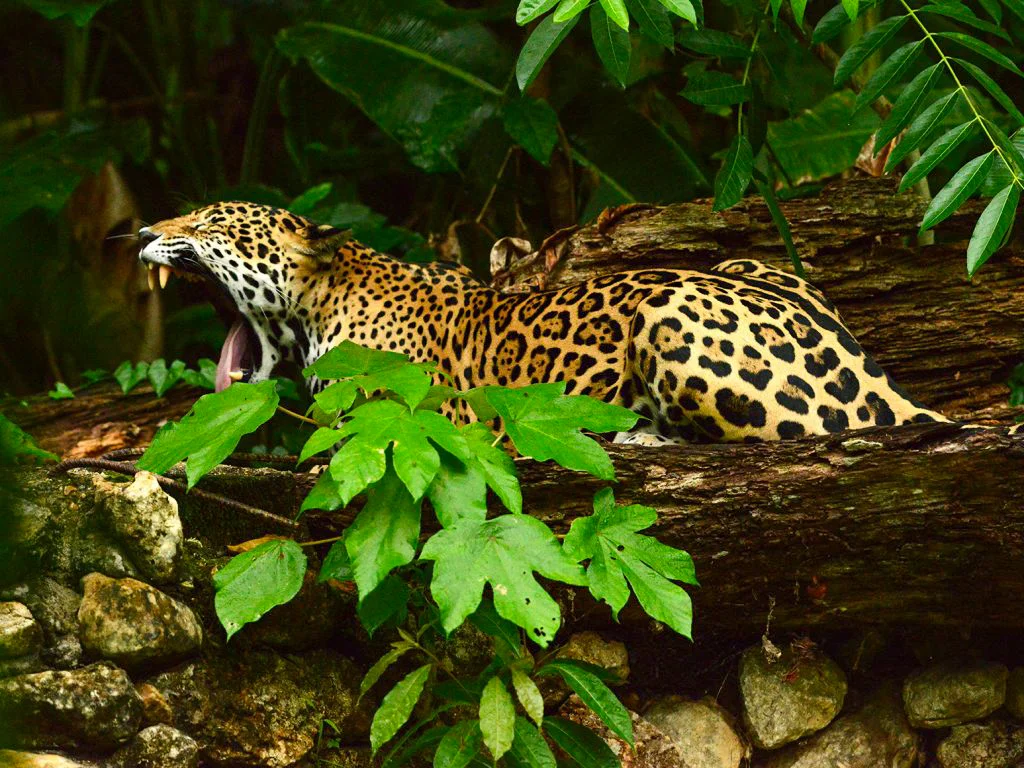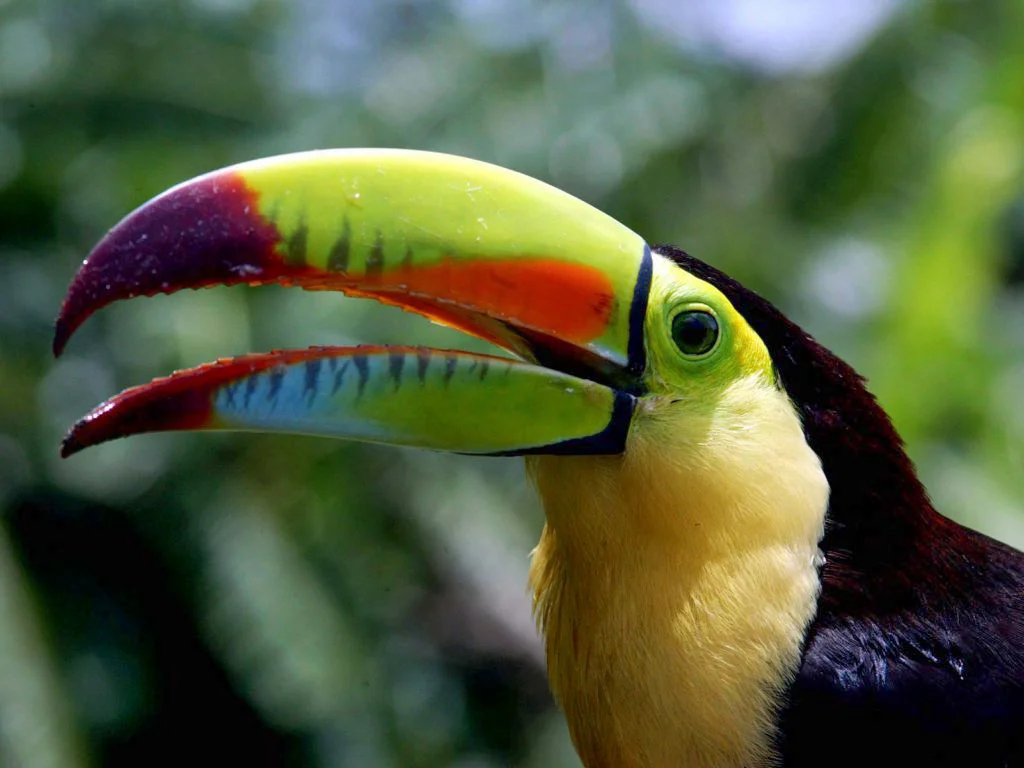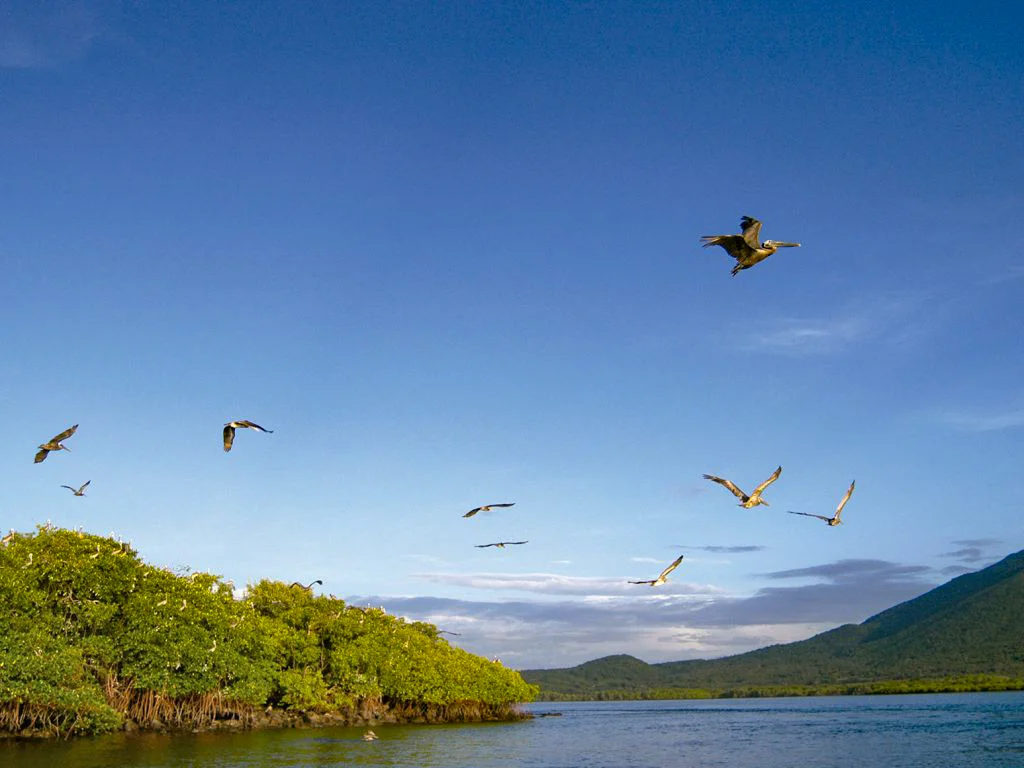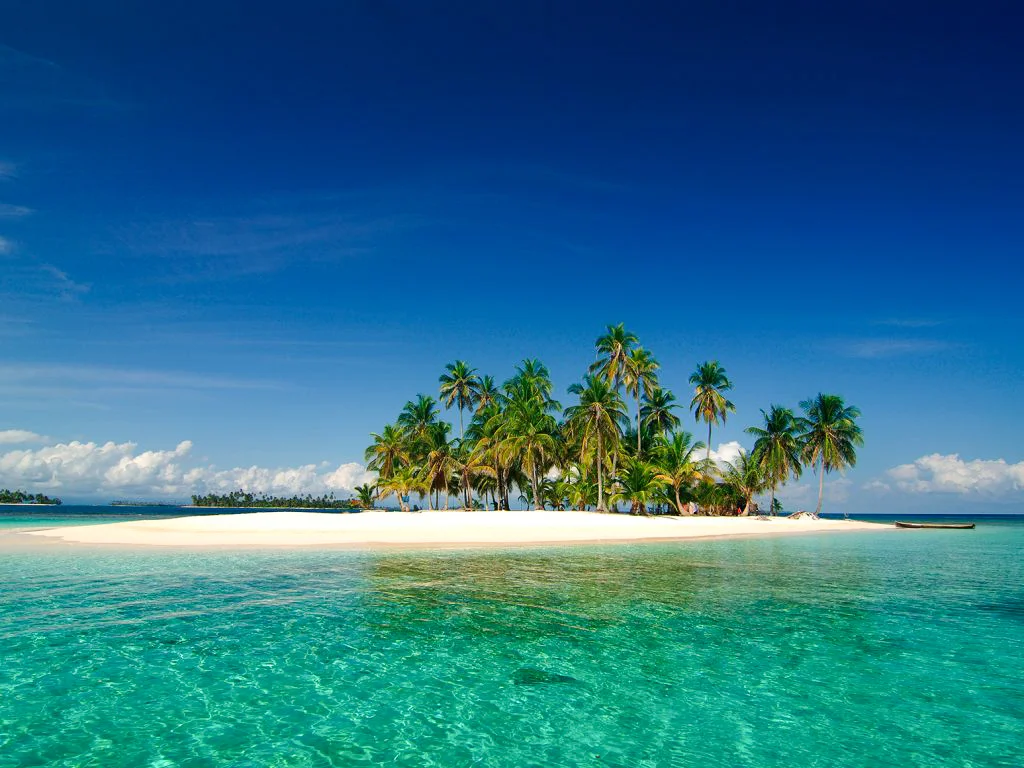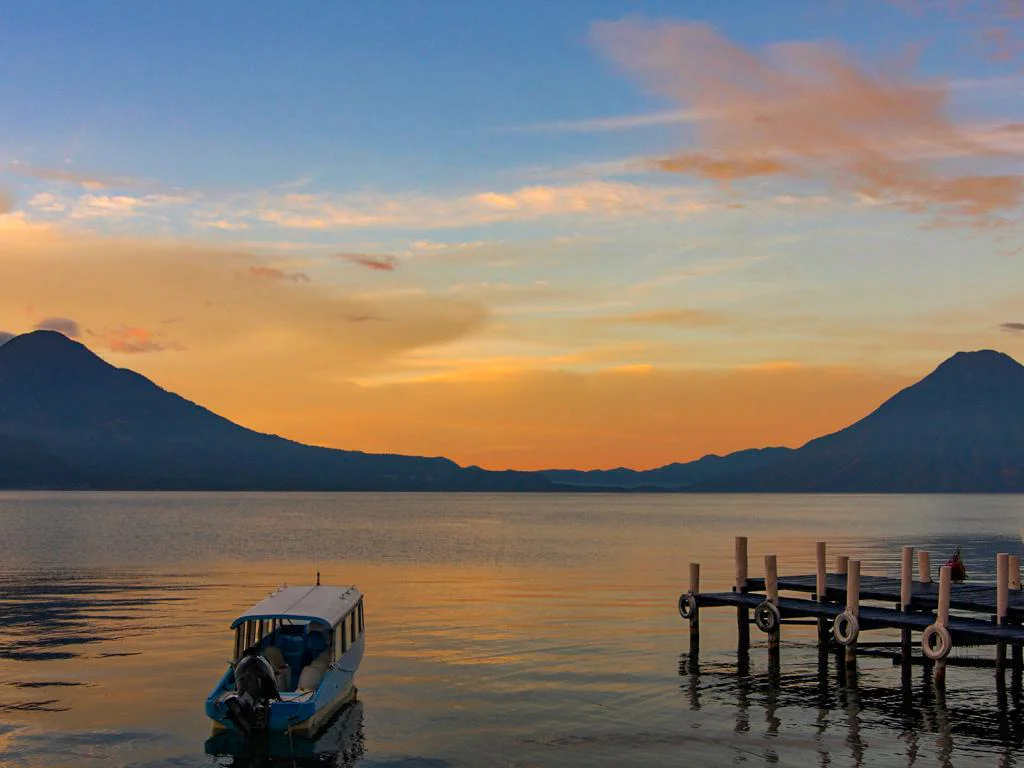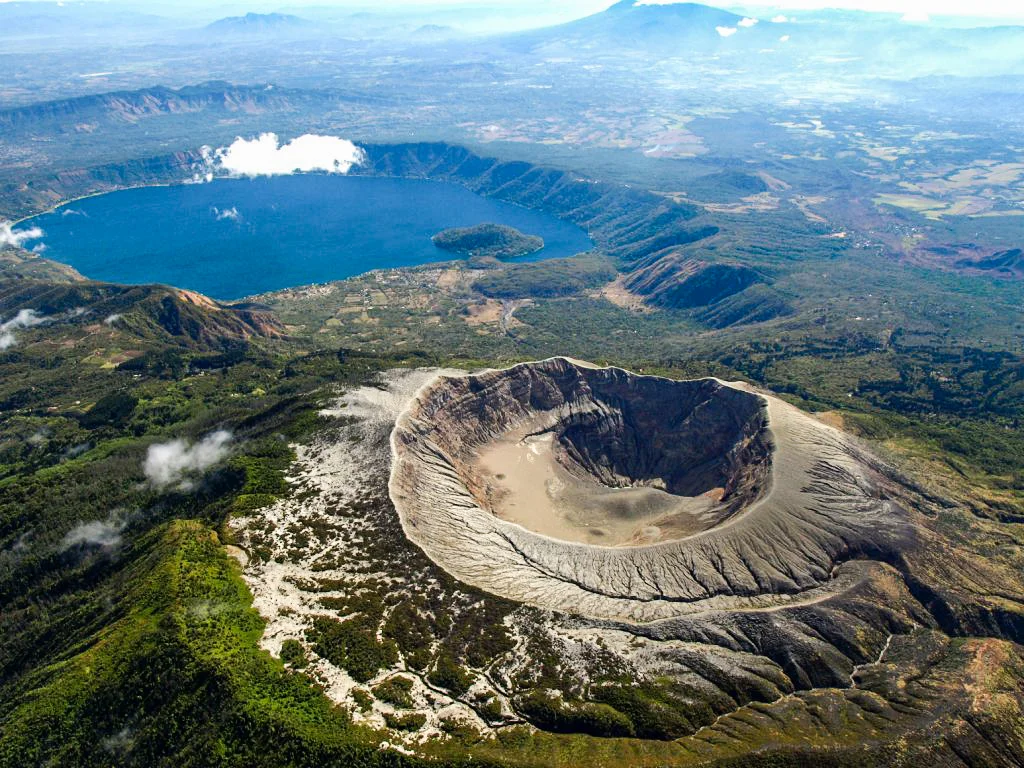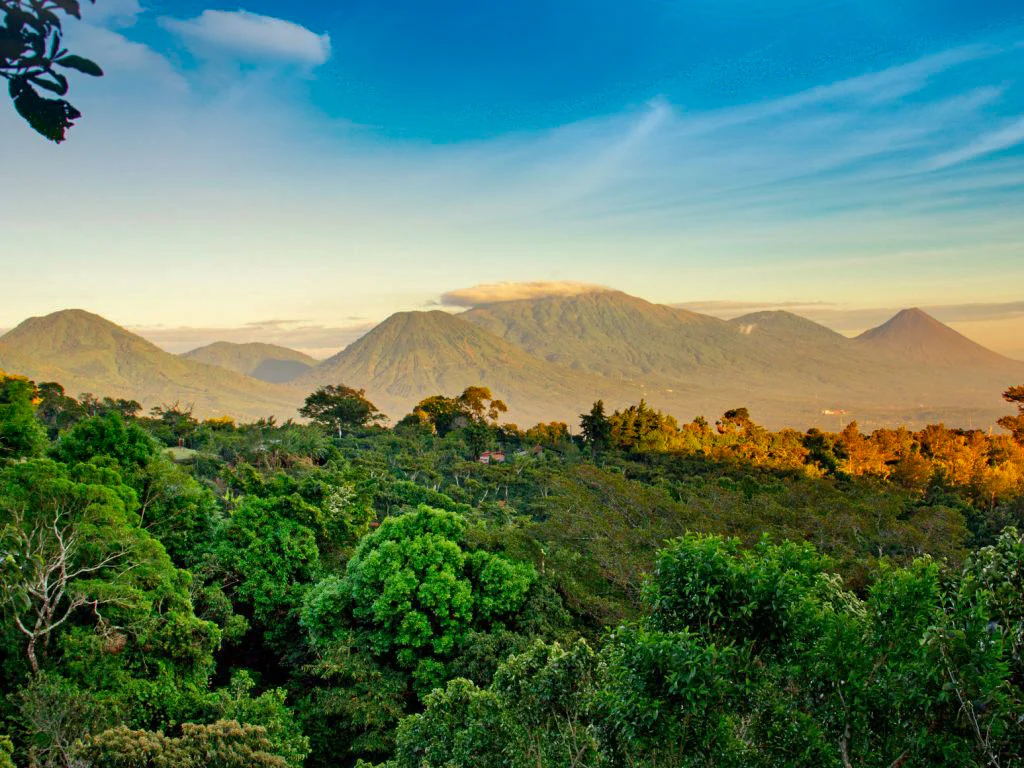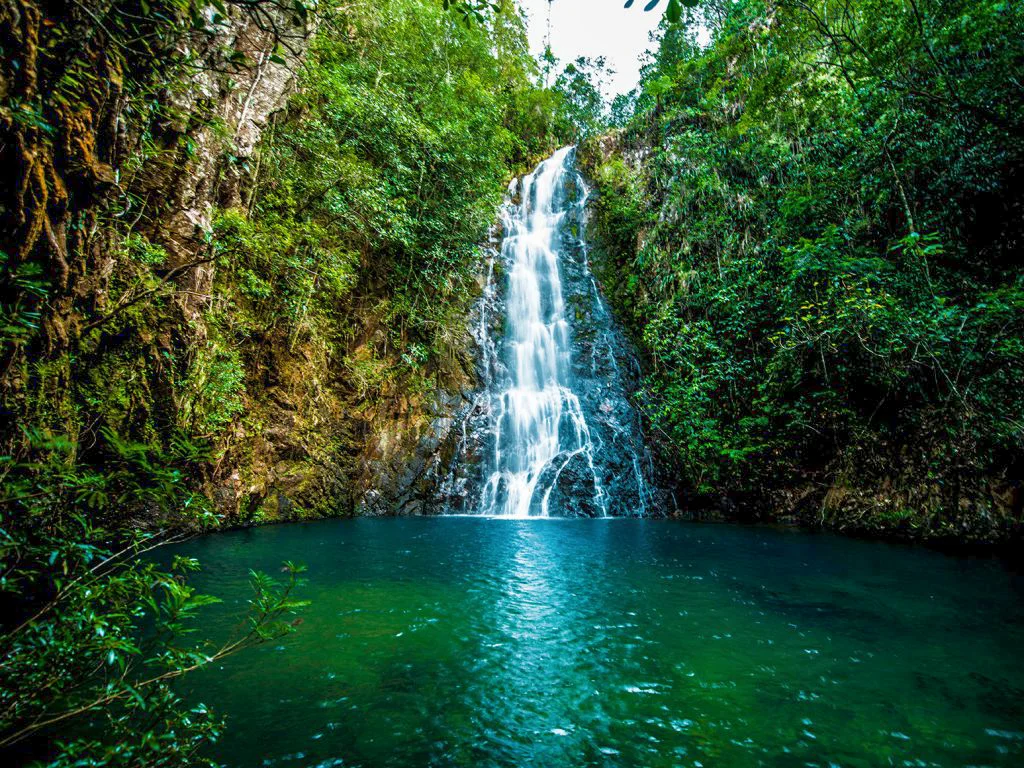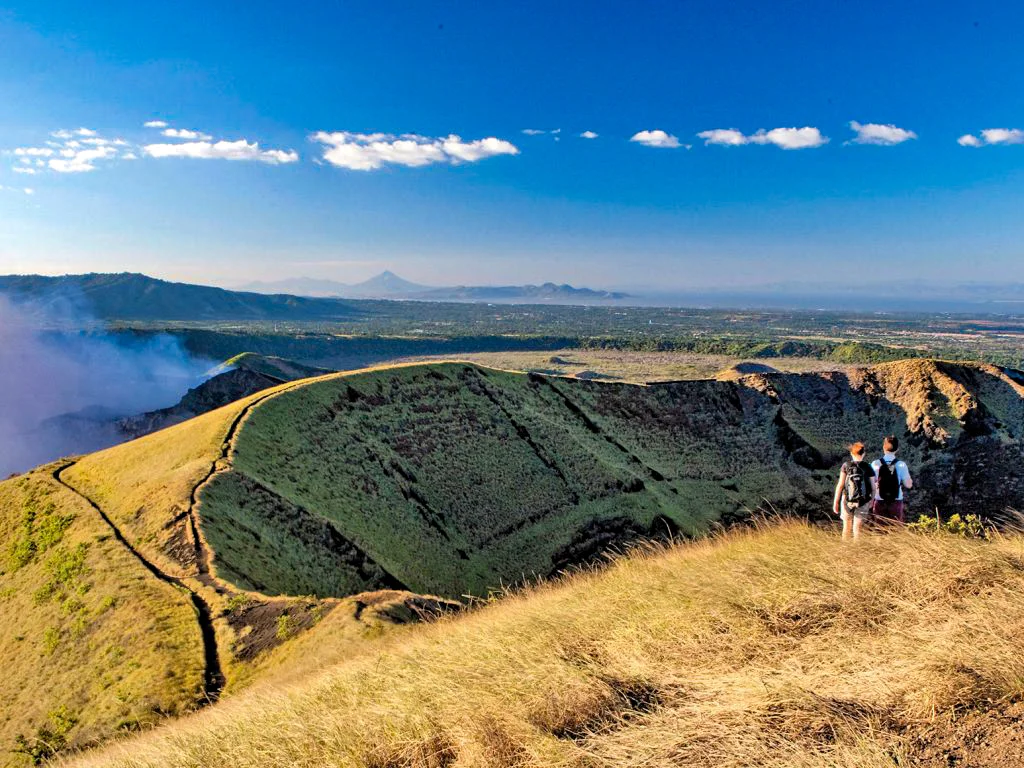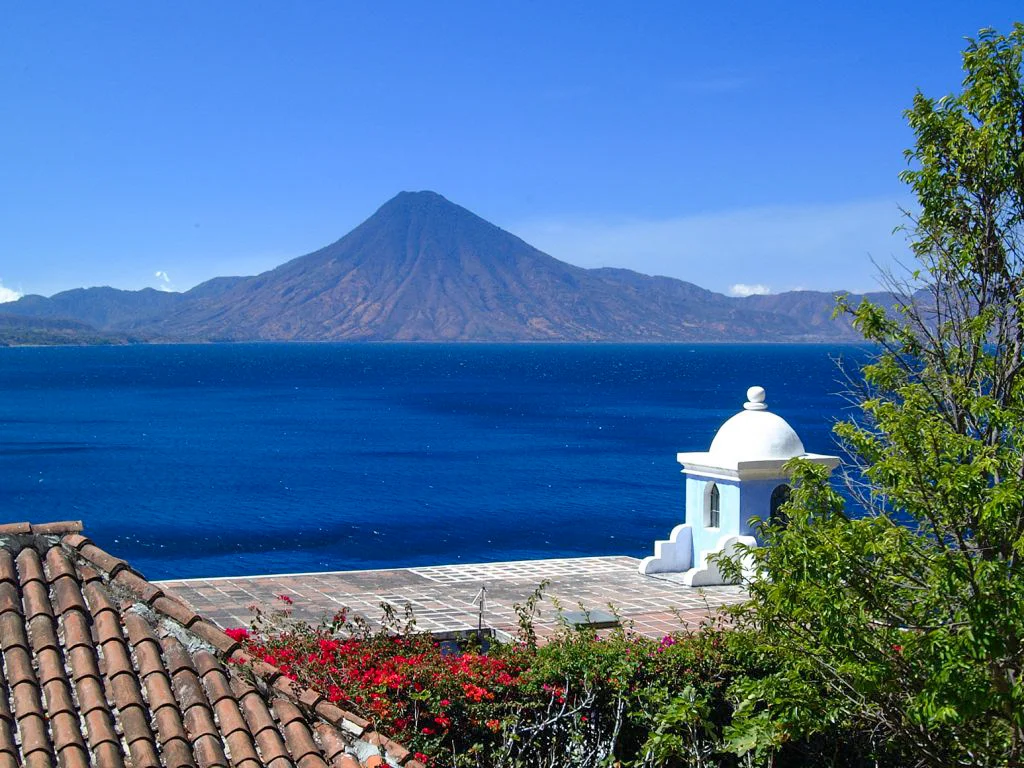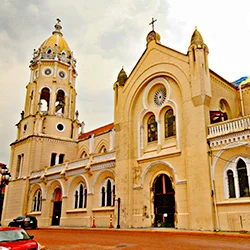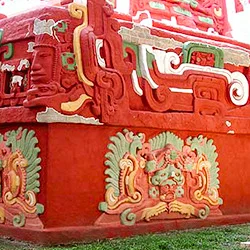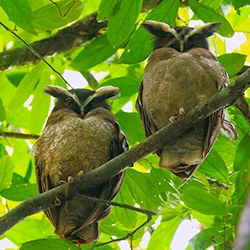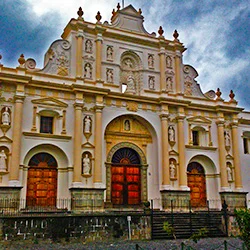Central America is a provocation to our senses leading out our minds, bodies, and spirits to live and recognize the greatness of our planet. The region concentrates 8% of the world’s biodiversity in a geographical space that represents 1% of the globe. Visiting Central America in its natural dimension will lead us, in addition to recognizing the similarities and differences between each of the territories that make up the region, to live unique and unrepeatable experiences.
The curvilinear silhouette of Central America has been sculpted with the vigor of its volcanoes that burst, conquer and dominate the vastness of the horizon. Its serene beauty rests on the thicket of its impassable forests, inhabited by an endless number of species, and the tranquility and beauty of its lakes and lagoons. .
Central America has initiatives and projects in development for the protection and preservation of its biodiversity, water resources, and ecosystems to ensure its sustainability over time. These initiatives allow the practice of responsible tourism that contributes to improving the well being of local communities. A clear example of this is the Tri-National Route of Sustainable Tourism (agrotourism. turismotrifinio.net), which is a strategy in which the governments of El Salvador, Guatemala, and Honduras work hand in hand with local communities. In addition, it can combine its natural charm with the encounter with rural communities that promote and benefit from the management of tourist offers to complement its economy based on agricultural activities.
Sixty percent of Belize’s territory is covered by tropical rainforest in which majestic waterfalls, innumerable species of plants and animals, insects, and birds stand out.
Guatemala, part of the 19 countries that make up the Group of Megadiverse Countries, is populated by mighty rivers, beautiful and wonderful lakes, a mountain range made of 33 volcanoes, more than 700 species of orchids, 720 species of birds of which the astonishing Quetzal stands out, 10,317 species of flora, 245 species of reptiles, 147 species of amphibians, 1,033 species of fish, 216 species of terrestrial mammals, 24 species of aquatic mammals, and at least 3,770 species of invertebrates.
El Salvador has been chiseled with spectacular natural scenery such as Lake Coatepeque, haughty and slender volcanoes, bodies of sulfuric and medicinal water that are the delight of those who enjoy being immersed in them, and lush, dry tropical forests such as El Imposible. El Salvador shows us its exquisite and ardent side with the National Park of the Volcanoes, made up of 14 volcanoes from the Cerro Grande to the calm waters of the Coatepeque boiler.
Honduras has been blessed with a vast biodiversity, including more than 700 species of birds flying freely over its territory, of which 25% has been declared a protected area.
Nicaragua waits for us with the caressing tides of its great lake, from whose entrails rise up the Concepción and Maderas volcanoes that make up the island of Ometepe. In Nicaragua you can also see from a balcony the fury that underlies the bowels of the earth by viewing the lava lake of the Masaya Volcano National Park.
Costa Rica is an immense forest that concentrates 6% of the biodiversity of the planet, so it is not surprising that the tonic of the encounter with Costa Rica is measured by the greenery of its exuberant nature, and the wealth and peace of its forests crammed with diverse wildlife.
Panamá provides excellent ecotourism offers in its parks, natural reserves and exuberant jungles. Today, the country is one of the meccas for bird watching in the region.
